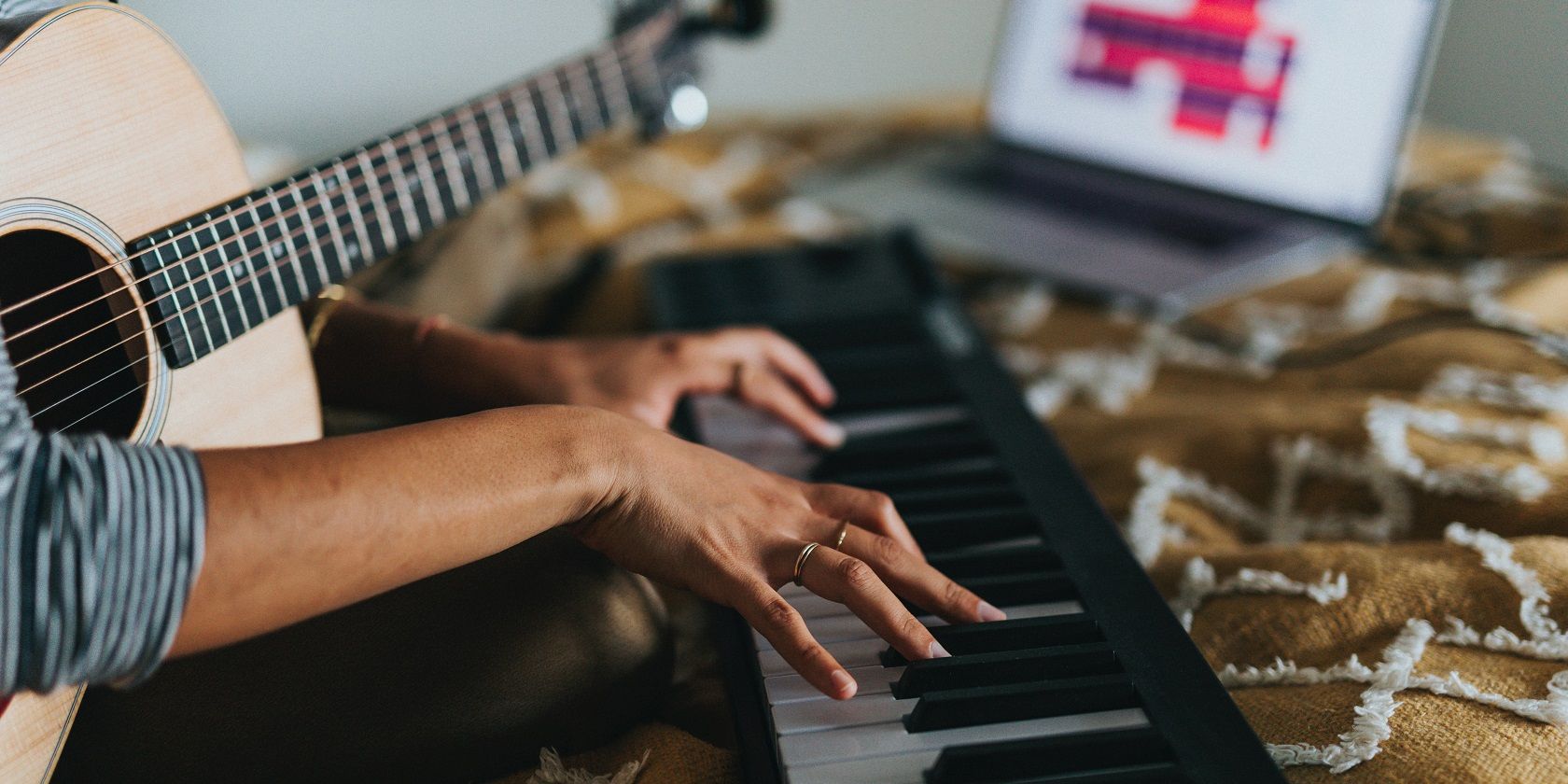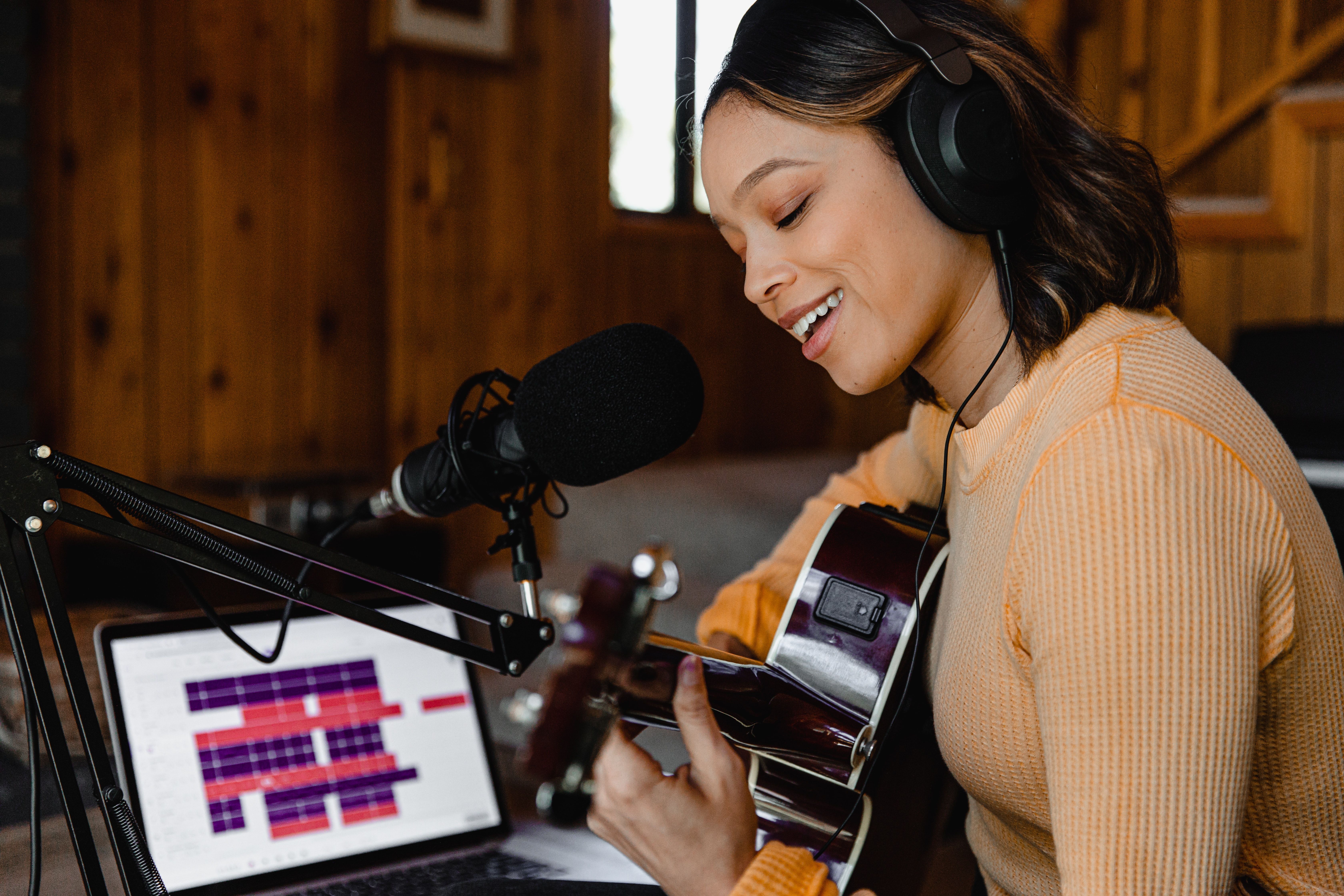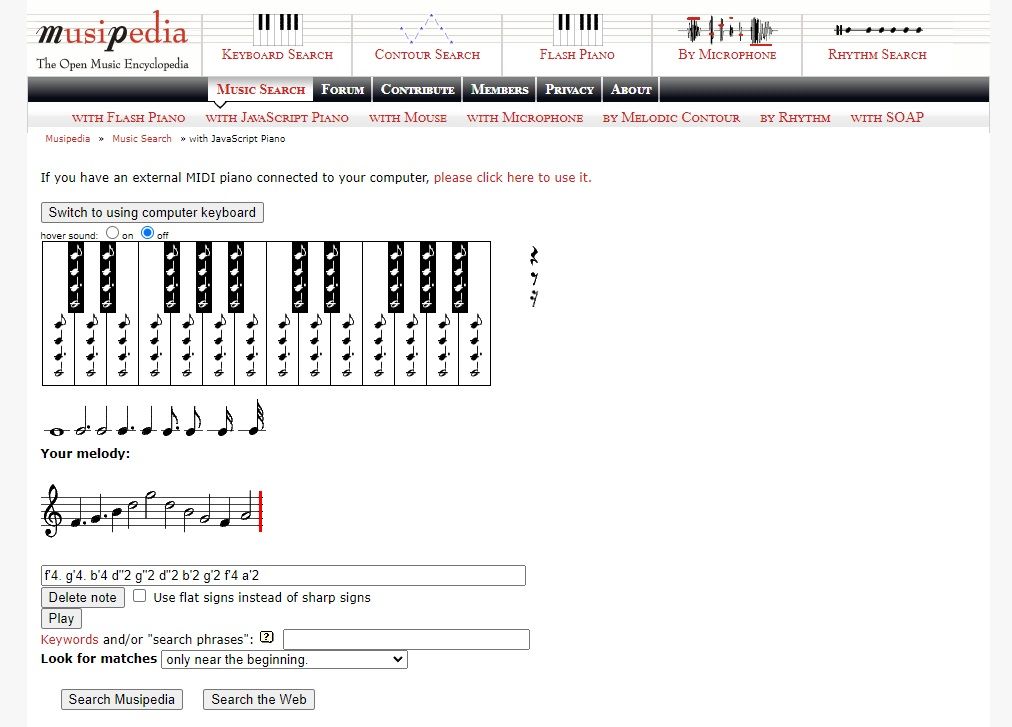Musicians are a stressed-out bunch. If it's not songwriter's block, there's an issue with the DAW. And we don't mean to pile on, but if you're going to worry about something, it should be plagiarism.
Most musicians don't copy someone else's melody on purpose, but it happens. You might have heard a tune a long time ago and years later your brain spits it back out, fooling you into thinking it's original. Or perhaps you truly did come up with it on your own, but someone else just happened to beat you to it—there are eight billion of us, after all.
We've compiled a list of proactive steps you can take to avoid accidentally releasing a song that's already out there.
Why Every Musician Should Check Their Songs for Plagiarism
Your work is copyrighted as soon as it's in a tangible, perceptible form. In other words, the minute you make your tune, and people can hear it, you own it. Depending on where you live, you might have to register your copyright in order to proceed with action against infringement. Either way, the owner of a song has full rights to it, and can therefore take action accordingly.
What we're getting at is if you release a song with a melody someone already came up with, you can get sued, especially if your song gains traction. Landing in legal hot water is the last thing you need, not after all those sleepless nights trying to perfect your creation—well, what you thought was yours. Not to mention, it's plain unethical to claim someone else's work as your own.
This is why it's crucial to put your song through a series of tests that can help you figure out if its melody already exists. Keep in mind that there's no way to be wholly certain that your melody is original because there are countless songs that have never been recorded or performed publicly.
There are only so many ways to create a beat, so it's unlikely that you'll get into any trouble for "stealing" a beat. There are billions of possible melody variations, however, depending on how many notes are in your song, hence there are no excuses for copying a melody. Here's how you can prevent that from happening.
1. Let Others Listen to the Song
Starting off with the simplest piece of advice, let others listen to your song. Don't do this by making your track public, like posting it to social media, you don't know if it's original yet. Send it to people personally or invite them over to have a listen; preferably people who know a thing or two about music.
If anyone detects something they recognize, or even if no one does, move on to the next steps.
2. Use a Music Recognition App
Whether your melody sounds similar to something that already exists, or you simply want to take the next precaution, a music recognition app (or song detector) might be able to help. Will it be accurate? Possibly—it depends on the efficiency of the app and the clarity of the audio signals you feed it.
Shazam has a pretty good reputation for successfully matching unlabeled audio content with audio in its database. You can't sing or hum melodies into the app, however. If you want to sing the song instead, try the Google app. And remember to hum the instrumentals as well, it's not just vocal melodies that can get plagiarized.
It might be a good idea to test out whatever melodies you have in mind before you start recording and mixing. Should there be an issue, you'll save yourself a lot of time and headaches.
3. Use a Sheet Music Detector
Unless you're one of those geniuses who can make music by ear without knowing a thing about music theory, a sheet music detector can be your next step if you haven't been able to detect anything yet. We highly recommend Musipedia.
You can manually enter the sheet music on the site with its virtual keyboard, or use your own MIDI keyboard. You can also utilize the Contour Search option which hunts down songs via the Parsons code, a notation that identifies the "shape" of a melody.
4. Change the Tempo
Tempo doesn't have much to do with melody, but listening to your song at different speeds might result in a light-bulb moment. It can also help a music recognition app get a better match.
5. Change the Pitch
Load up the song project in your DAW and change the pitch. Depending on what you're mixing on, you might have to use a plugin. In ProTools, you can simply utilize the built-in Elastic Audio feature. It lets you change the pitch (octaves and cents) of every track, as well as each clip in a track, individually, without affecting the tempo.
For every combination you try, repeat steps 1-3, you might get results this time.
6. Try Out Different Instruments
Using different instruments won't affect the melody, but their characteristics might make certain frequencies stand out more. This, again, can help you get a better match for existing tunes.
We understand that the instruments you use, whether real instruments or plugins, are pivotal to the type of sound you want. Therefore, you could always apply effects to an instrument track or modify its envelope (attack, decay, sustain, release) to test out what it would sound like, and remove it.
But by changing the instrument itself, you might be able to make a clearer comparison to other songs that use similar instruments, and you might also stumble across something else you like better.
7. Change the Time Signature
Hopefully, at this point, you've already figured out whether your tune is original because changing the time signature will practically make it a whole new song. But it's worth a shot if you're still stuck.
Your DAW should have a built-in time signature modifier. In Ableton Live, Ctrl + click on a track and select Insert Time Signature Change. In ProTools, you'll find the time signature settings in the Expanded Transport bar.
Changing the time signature might force you to rearrange the clips on your tracks, or even to re-record instruments and vocals. But who knows? Perhaps viewing your song in this new light will make you like it better or give you fresh ideas.
8. Change the Melody
Like changing the time signature, this is another last-resort option because it will result in a whole new song. Try out several note arrangements in the same key, or change the key altogether.
Understanding music theory, or at least having a trained ear, will be required to do this. So if you're not a professional musician and the melody just hit you out of the blue, it's time to make yourself familiar with music theory.
9. Take a Break
Putting your track through the wringer like this can make you lose objectivity. Give your ears a break, immerse yourself in silence, take a stroll through nature, or listen to other songs (preferably different genres than your song).
This can free up space in your head and recharge your batteries, so when you get back to work, you might notice something you've previously missed.
Is Your Melody Original?
At least one or a combination of the tips we've listed here will help you figure out if your melody is original. If you don't want to get hit with a plagiarism accusation, we highly recommend putting every song you make through these tests. Not only will it give you peace of mind, but who doesn't want their music to be unique and original?



